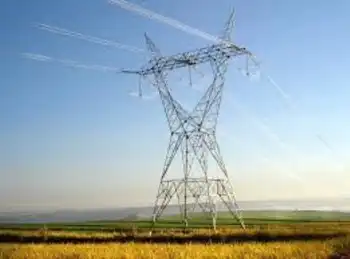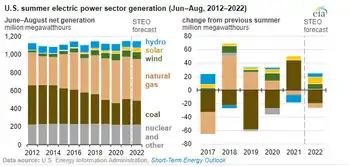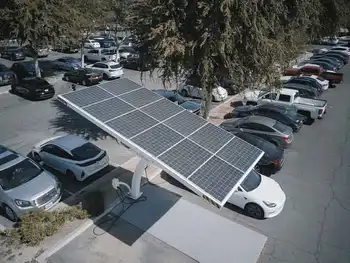“Good news” in stalled reactor plan
By Toronto Star
Substation Relay Protection Training
Our customized live online or in‑person group training can be delivered to your staff at your location.

- Live Online
- 12 hours Instructor-led
- Group Training Available
After the Star revealed the price tag for the two Atomic Energy of Canada Ltd. reactors, McGuinty scrambled to explain how a project supposed to cost around $7 billion had ballooned to almost four times that amount.
"Here's the good news: Under previous projects we didn't find out about the high pricing until we were half or three-quarters of the way or five years into the damned things," the premier said.
"Now we're saying, look, all in, what is this thing really going to cost us if we take into account all the risks?" said McGuinty.
He noted that Ontario has "a bit of breathing space" to build new generation capacity because the recession has curbed demand for electricity.
The premier declined to comment on the price, citing confidentiality provisions in the procurement deal.
He did not, however, refute the revelations in the Star.
In a surprise announcement two weeks ago, the province said it was shelving plans to build the new reactors after federally owned AECL, the provisional winner of the bidding process, came in "many billions" too high.
McGuinty is banking on Prime Minister Stephen Harper, who is trying to sell off AECL's reactor business, agreeing to help Ontario by covering some of the costs.
He may have Harper over a barrel because senior federal officials admit AECL is virtually worthless if it fails to secure the Ontario contract.
"We continue to have discussions with the federal government," McGuinty said.
"There was a procurement process. AECL emerged as the front-runner, but they are not where we need them to be so we will continue those discussions," he added.
Opponents of nuclear power wasted no time in sending McGuinty a told-you-so message after learning of the proposed price tag.
"Investing $26 billion in greener alternatives like energy efficiency or wind and solar power would get twice as much power on to the grid as the same investment in new nuclear reactors," World Wildlife Fund-Canada's Keith Stewart said in a statement.
AECL's $26 billion bid was for two 1,200-megawatt Advanced Candu Reactors, which would work out to $10,800 per kilowatt of power capacity.
But in 2007, the Ontario Power Authority had anticipated a price of $2,900 per kilowatt, which works out to about $7 billion for the Darlington expansion.
In 2006, when McGuinty first revealed the nuclear plan, the reactors were expected to cost anywhere from $2 billion to $3 billion before a consensus developed that it would be closer to $5 billion.
Areva NP's Darlington bid came in at $23.6 billion for a plant and two 1,600-megawatt reactors, but the French company was unwilling to assume as much risk for cost overruns as AECL.
That meant Areva's proposal did not comply with the terms of the 1,000-page contract Ontario had put out for tender.
U.S.-based Westinghouse Electric Co. was the third firm vying for the deal, but its bid is not known.
Ontario officials said it did not meet their specifications either.











